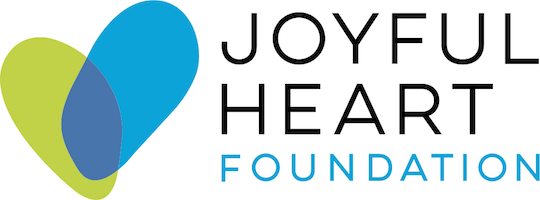You can leave this site quickly.
Learn more about Internet safety.
1in6 Thursday: The Many Faces of Resilience
In my 15 years as a child-protection social worker, what ultimately impressed me even more than the unimaginable trauma and loss I became privy to, was the remarkable survival instinct that enabled the boys and girls I worked with to move forward with their lives (though admittedly using what I frequently viewed as less-than-perfect coping strategies.)
I’ve often said, “what’s really extraordinary, given what I’ve learned about people’s lives, is not that so many are doing so poorly, but that so many are actually able to get up in the morning, put one foot in front of another and function at all.”
Resilience is a remarkable characteristic we humans possess.
It’s always easy to identify others' problems. And in assessments, reports and service plans, I certainly regularly referenced substance abuse, dysfunctional relationship choices, issues with anger- management and violence as “problems” that the adults and adolescents with whom I worked needed to address. I’m pretty certain that my observations were generally accurate, over time I realized that even those behaviors that seemed to me to be solely self-destructive (or in some instances damaging to others), often also served a self-preserving purpose for them.
Sadly, as a system, we never seemed able to provide better trauma-informed healing resources to those in need, in a way that protected everyone involved.
My impulse to judge was always tempered by the knowledge that my own process of healing from childhood sexual abuse had included many behaviors and choices in my late teens and 20s that no doubt seemed self-destructive to my family and those who loved me. And, though I regret my mistakes and lost opportunities, I know now that I was biding my time until I reached a place in life where I could face that childhood trauma safely.
I was reminded of these lessons recently, while reading an interview in The New Yorker magazine with Elizabeth Smart. Smart, now 25, has just published, My Story, her memoir (which I haven’t read) of healing from being kidnapped from her bedroom at 14, being held captive and repeatedly raped by her captor and of her eventual rescue and process of recovery from her ordeal. She is now a fulltime advocate, speaking to students, adults and policy-makers and has a foundation to promote prevention of child abuse.
Her path to healing—with the help of her family, her religious faith and community, and eventually her husband—was a bit different from mine. I was dismayed, (even initially, a little concerned) to learn that hers did not include clinical therapy, which I, myself, found to be crucial. Then I remembered that healing is a personal, life-long process and that we each use the tools that fit our lives.
I was chastened further by her answer to a question about common misunderstandings about why she and others in abusive situations don’t work harder to escape their circumstances.
“Nobody should ever question why you don’t do something. They have no idea what they would have done and they certainly have no right to judge you. Everything I did, I did to survive.
And I did (survive). Maybe there were times that, had I done more, I would have been rescued. But maybe I wouldn’t have. So do I regret anything I did? No.”
Smart’s words reminded me that, in a particular moment, each of us is often his or her own best expert about our well-being, given the risks and resources at hand.
It seems to me that our most critical task as supporters is to assure that adequate tools to enhance that decision-making process are available and easily accessible to all, without judgment; and to make it safe and acceptable for men and women, boys and girls to speak about their traumatic experiences without shame or embarrassment. (Of course, at the same time we must prioritize protecting and supporting anyone at risk of being hurt by the unresolved, destructive coping strategies of a parent or partner.)
Still, I recognize that one of the only meaningful differences between me and many of those clients from whom I expected immediate improvement, is that I ultimately had greater access to the tools to help me heal.
Resilience is about survival, in whatever form it takes.
The more safe survival options there are available, the richer all our lives can become.

- By Peter Pollard
Peter Pollard is the Training and Outreach Director for 1in6, Inc. Peter previously worked for 15 years as a state, child-protection social worker and was the Public Education director at Stop It Now! Since 2003, he has served as the Western Massachusetts coordinator for SNAP (Survivors Network of those Abused by Priests) and also does work for a Certified Batterers Intervention Program.
The mission of 1in6 is to help men who have had unwanted or abusive sexual experiences in childhood live healthier, happier lives.
1in6's mission also includes serving family members, friends and partners by providing information and support resources on the web and in the community.
Joyful Heart and 1in6 invite you to visit 1in6.org for info, options and hope, and to learn more about our partnership and Engaging Men initiative here.
The views expressed above are not necessarily those of the Joyful Heart Foundation or 1in6.




Your Voices